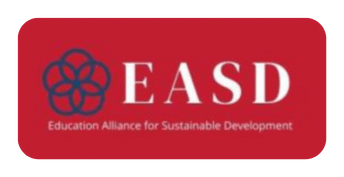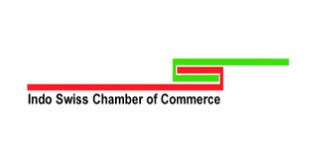SLX has launched Live Master Classes with deeper insights into sustainability, by industry experts. Enroll for the 45-minute session for free!

The certification course offers input from various experts from the industry. The course is validated globally with an industry-validated skills framework.

Do you want your job to be value-oriented? Or would you like your present job to shift focus towards meaning and value? Take this certification course and build what you are looking for!

The certification course will diversify your skillset. This will help you find better work opportunities in better companies!
The sessions will be delivered by world class faculty members with vast experience in the field of education and sustainability.
Our Certifications will help you integrate sustainable development processes and practices with ease into your deliverables & activities.
Our certification courses have comprehensive reference material on Sustainability, ESG, and many related topics.




Industry, innovation, and infrastructure are key driving forces behind economic growth and development. With nearly 55% of the global population living in cities, making good progress in this sustainable development goal (SDG) will be crucial. With only 10 years left to achieve it, let us see how far we have come and whether we need to radically change our approach to cross the finish line.
Majority of what we are now referring to as SDG 9 started with the industrial revolution, which occurred between 1700 and 1900. The countries that took part in this revolution saw their economy grow at a very fast pace. However, during this time, the problem of inequality became severe. This industrialization created a big gap between the rich and poor. A problem that was never solved and has grown to become a serious threat to modern-day society.
Read: No Poverty, No Problem?
Since the industrial revolution, the world currently has developed more than 64 million km of road, 4 million km of railways and 1.2 million km of internet cables. And yet, still many parts of the globe remain underdeveloped and do not have access to basic amenities (stats from United Nations Development Programme):
Even though global GDP has grown from 1.3 trillion dollars from 1960 to 85.4 trillion US dollars in 2018, it is evident that this wealth of development has not been distributed equally. It is even more mind-boggling when you realize that world cities only occupy 3% of the Earth’s land but still account for 60-80% of energy consumption and 75% of carbon consumption. Is this the type of industry, innovation, and infrastructure we are aspiring to be?
Watch: Unemployment – Are We Prepared for the Next Crisis?
Our world may have advanced a lot in terms of technology and infrastructure, but still, a large portion of our population doesn’t have access to basic amenities. To make things worse, the world’s richest 1% own half of the world’s wealth, stifling any meaningful progress. These facts are all screaming to let us know that we need to rethink how industry, innovation, and infrastructure needs to be developed. If we want to achieve this SDG 9 and other SDGs that are connected to this, development and resources need to be distributed evenly. Moreover, a lot more funds are required in research to build sustainable infrastructure, that is both economical and environmentally friendly. After all, nearly 70% of the earth’s population will be living in cities by 2050. Finally, if the top 1% richest people in the world and corporate companies invest heavily in sectors like education, health, and renewable energies, we will be able to achieve universal sustainable development in no time.
Browse Our Courses to Know More about Our Free Sustainable Development Course